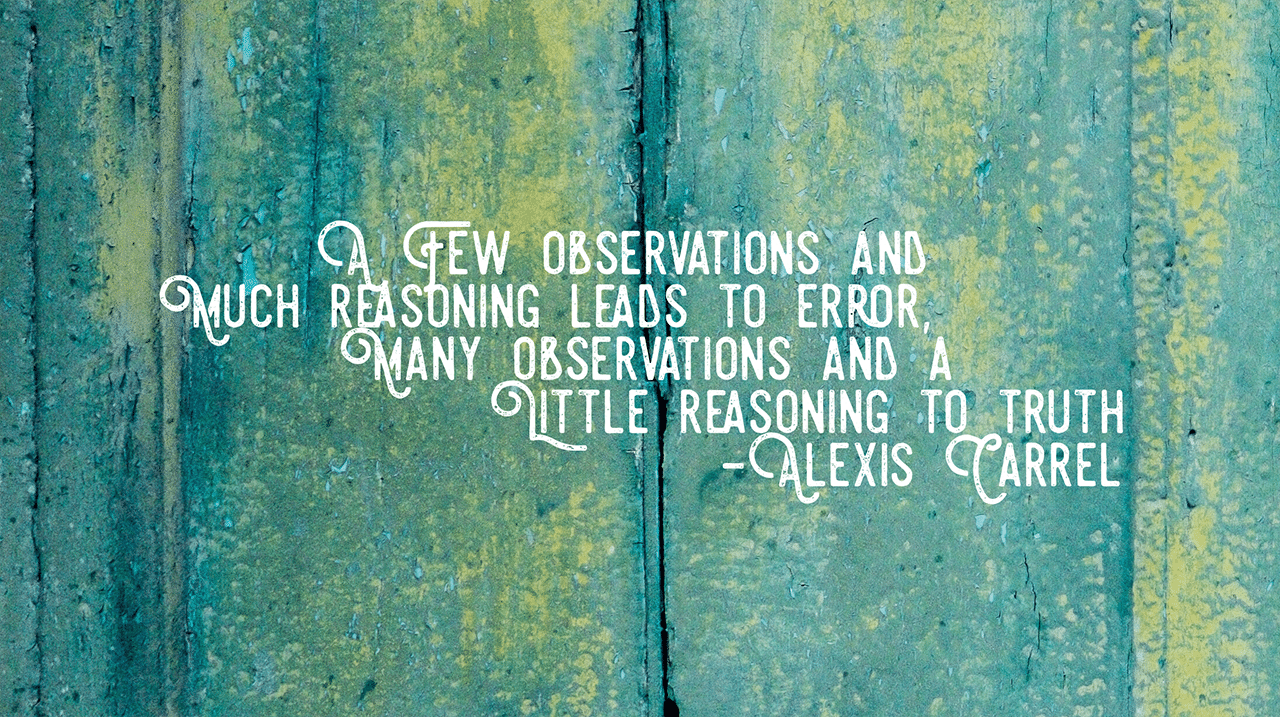Leadership has a way of sneaking up on a person. One day you’re setting out in the world, excited about starting a new tour business — the next, you’re surrounded by people who look to you for guidance. You might be prepared, having honed your interpersonal skills in anticipation of this day, or you might be out of your depth, unprepared for this new dimension of your work.
Whether you’re a leadership pro or a fresh-faced newbie, one thing is true: everyone has room to improve when it comes to interpersonal skills. Every new employee, agent, instructor or guide is a unique person who will bring unique complications to your efforts to lead. ‘Soft’ skills like listening, communication and body language aren’t one-size-fits-all. Just as handshake etiquette varies between cultures, your leadership approach will be taken differently by different employees.
Here are five underrated skills that every leader can benefit from mastering:
Active Listening
Listening doesn’t seem like a particularly difficult skill. People say words, you listen. You make eye contact (but not too much eye contact), nod when appropriate, and you’re basically there, right?
Not quite.
Most of us don’t listen particularly well most of the time. Often, we’re too busy being distracted by something else in the room, thinking about something we want to add to the conversation, getting lost in mental tangents, or just plain spacing out. If we do hear the other person, we fail to really understand what they’re telling us. If we understand, we don’t ensure they feel heard. Each one of those failures is a problem.
Active listening is a skill, and like any skill, it takes practice. But the benefits are considerable. For one thing, when we take the time to actually hear people, we can learn a lot from them. For another, the people around us are more likely to feel appreciated. Conversely, talking to someone who clearly isn’t really listening is a universally frustrating experience.
Good leaders are willing to listen to what their employees need.
Great leaders make sure they hear and understand those needs, too.
Observation
In our productivity-focused business culture, the answer to any situation is to do. React quickly, judge the situation, intervene. And in many cases, cultivating good instincts and agile reactions is what gets us out ahead of the competition. But when you’re continuously doing, you don’t have time to see.
Observation takes time. It’s a slow process, and going slow is antithetical to our image of effective leadership. But many situations can’t be understood at a glance, and taking the time to gain a full understanding can make the difference between, say, motivating an employee and crushing their drive.
Consider a guide who makes a major mistake, one that might merit termination. A decisive leader knows only that a mistake has been made when they act on that information. An observant leader takes the time to understand whether the mistake was made through abject carelessness or a correctable error, and acts accordingly. In some cases, that might mean the difference between losing or keeping an otherwise wonderful guide.
Good leaders act quickly to make course corrections before problems get overwhelming.
Great leaders observe and examine the root of the problem before taking decisive action.
Making Hard Decisions
While some leaders struggle with taking the time to observe, others have difficulty acting on their observations. Sometimes there isn’t an good answer. A bad employee is just a bad employee, for example, or business really is too slow to keep everyone on staff.
When that happens, difficult decisions must be made. But that’s a passive way to put it, isn’t it? To say that a decision “must be made,” is to remove the person making the decision. Yes, that might be tempting. Hard decisions often hurt at least some of the people affected by them, and it’s unpleasant to take responsibility for that. But when you’re in charge, hard decisions can’t just “be made.” You have to make them — and the sooner you embrace that, the easier it is for everyone.
Here’s a secret about making painful choices: waiting doesn’t make it less painful. Not only does it increase the time you need to spend worried or anxious, it also increases the suffering of the people it affects. If you can’t afford to keep an employee, delaying the inevitable most likely hurts that employee. Otherwise, it hurts everyone else at your company. Continuing to pay someone you can’t afford makes your financial situation worse, and leaves your company’s future more precarious for everyone.
There’s no way to make hard decisions easy, but you can make them less difficult with practice. Take responsibility for decision-making in mildly unpleasant situations — that way, when there’s a truly unpleasant situation, you’ll be ready.
There’s another type of hard choice: the one you don’t know how to make. Presented with two bad options (or even two good options), some people struggle to make any decision at all. There’s an antidote to that problem, too. Philosopher Ruth Chang shared it at TEDSalon NY2014, in a talk popular with effective leaders.
“So when we face hard choices, we shouldn’t beat our head against a wall trying to figure out which alternative is better. There is no best alternative. Instead of looking for reasons out there, we should be looking for reasons in here: Who am I to be?”
Good leaders want the best for their employees and their business.
Great leaders are willing to act in their employees’ and businesses’ best interests, even when it’s hard.
Taking criticism
There is a common belief among ineffectual leaders: that because one’s rule is law, one must always be right.
Of course, that’s nonsense. Everyone can be wrong at times. We’re all thoughtless once in a while, or shortsighted. We’re all limited to our own perspectives. The best leaders know that and welcome other viewpoints.
It isn’t always easy. Taking criticism can feel like backing down or showing weakness. And accepting criticism can be hard, even (or especially) when we know it’s right. For many of us, being criticized feels much like being publicly shamed, and kindles the same feelings of discomfort within us. Learning to own that discomfort is a major step to becoming a better leader — and a better person.
The first step to taking criticism like a leader is to separate the content of the criticism from the way it’s presented. A good critical observation might come in a terrible form — a rant from a frustrated employee or a cold piece of feedback from someone lacking in social grace. Equally, the friendliest, most helpful person you know might give you completely useless feedback. Don’t let the messenger color your perception of the message.
Good leaders listen to criticism from people at all levels.
Great leaders can evaluate when to act on those criticisms and when to set them aside with appreciation.
Caring For Yourself

But burnout is real, and it doesn’t care how important your job is. When you’re overworked, overstressed, and not able to take the downtime your body needs, you’re at risk for burning out — and that in turn puts everything you’re responsible at risk, too. At best, your business will suffer when you crash and take time to recover.
Burnout isn’t a well-defined psychological condition — there isn’t an official diagnosis for it. It may hit you as anxiety, depression, fatigue, or chronic ill health. It might just feel like you can’t bring yourself to care about the work anymore. Sometimes, with care and effort, people can come back from it. But many people don’t, and so they move on to other projects, retirement, or a nice, quiet desk job that lets them clock out at 5 p.m.
Your tour and activities business might be resilient, but can it do without you? Of course not. Taking time for yourself and learning to recognize the early signs of burnout may be the most important thing you can do for your business’s long-term success. In case of a flight emergency, we’re always instructed to put on our own oxygen masks first so we’re conscious to help others. The same applies to the rest of our lives, too.
Good leaders take care of their employees.
Great leaders take care of themselves so they’ll be able to keep taking care of their employees.






